Thebe Magugu partners with Mount Nelson
Renowned South African fashion designer Thebe Magugu will make his debut in luxury hospitality design this December at Mount Nelson, A Belmond Hotel, Cape Town, bringing his distinctive Afro-modernist vision to the property.
Marking the ten-year anniversary of his celebrated brand, the launch of the Thebe Magugu Suite represents his first foray into interior design. Tucked along the iconic Palm Avenue, the reimagined suite will be an elegant trove of South African culture, design and art, curated to immerse guests into the creativity, storytelling and intellect that has come to define the Thebe Magugu universe. “Together, the Mount Nelson and I have crafted a space rooted deeply in place and purpose, with a strong commitment to preserving the culture from which we draw inspiration,” says Magugu.
Adjoining the suite, MAGUGU HOUSE CAPE TOWN will also open – part concept store, part cultural institute; forming a dynamic hub for aesthetic exchange. The space will serve as both a showroom for Magugu’s collections and a gallery showcasing artworks from the most sought-after artists, celebrating the sophistication and nuance of African creativity. As Belmond’s first ever Designer Residence concept, the collaboration underscores Mount Nelson’s commitment to championing contemporary African culture, while providing a space for the continent’s next generation of creative visionaries.
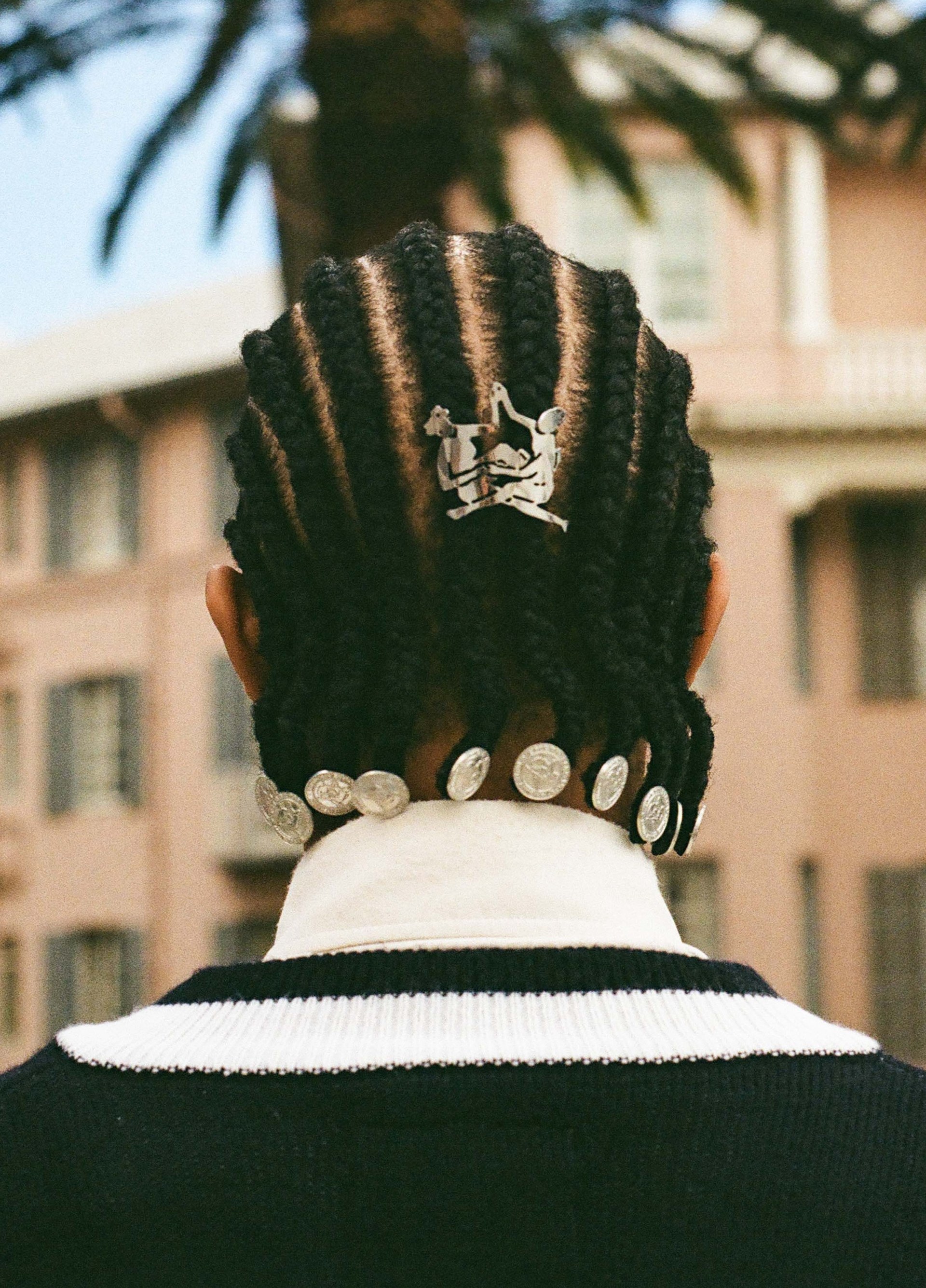
Photography courtesy of Mount Nelson
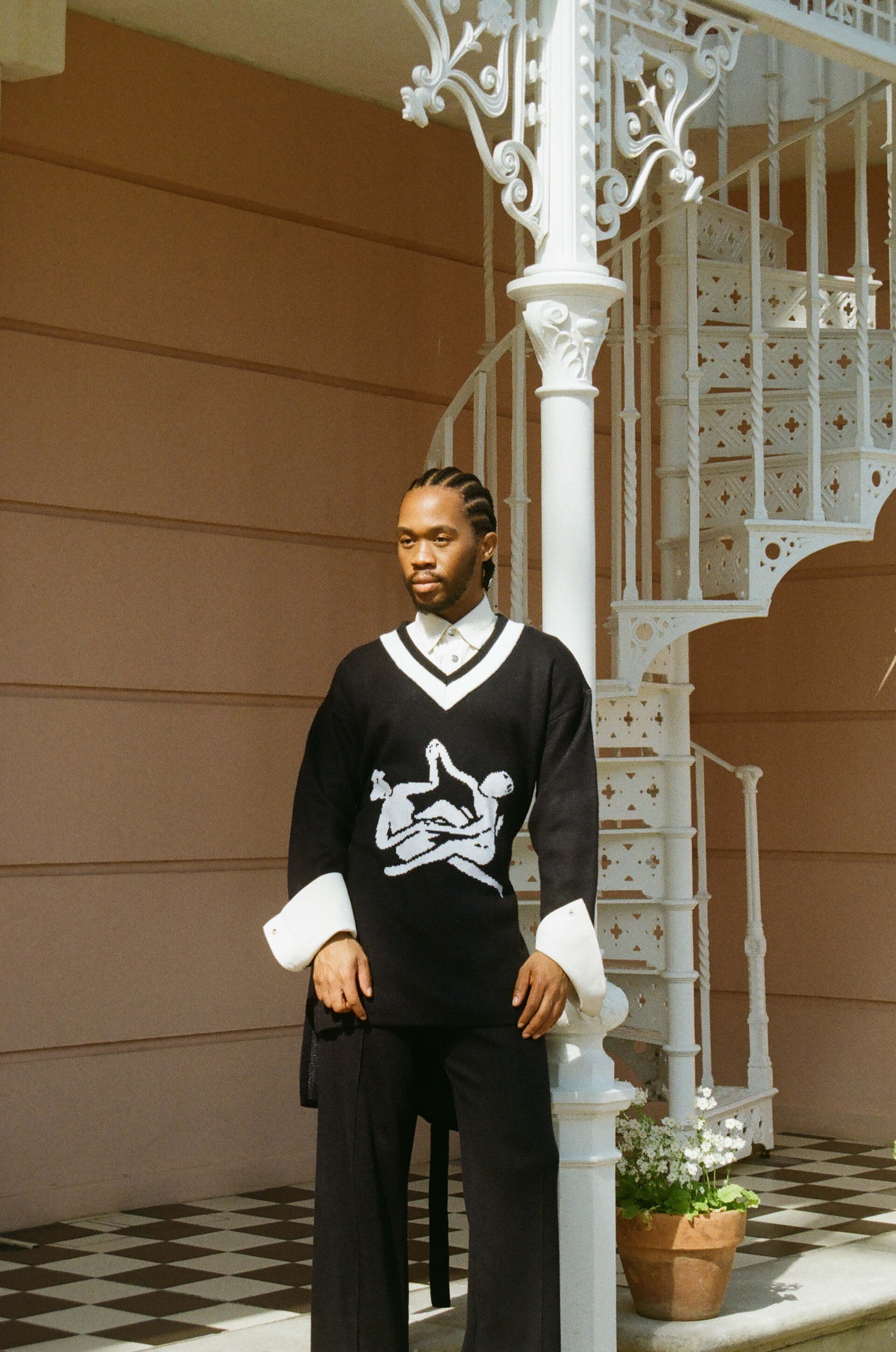
Renowned for celebrating African identity and contemporary sophistication – and with his work showcased globally from Paris Fashion Week to the Metropolitan Museum of Art – Magugu brings his creative vision to the redesign of one of Mount Nelson’s historic wings. Grounded in meticulous research and guided by a deep respect for African heritage, his approach blends cultural preservation with progressive storytelling.
Echoing Magugu’s fashion philosophy, the THEBE MAGUGU SUITE will be a sumptuous Afro-modernist sanctuary – sleek, yet soulful. Working closely with the interior design savants at StudioLandt, Magugu explores an “Afro-English” aesthetic, artfully juxtaposing British and South African design approaches. This cross-cultural dialogue reveals both contrast and connection, set within the storied walls of the revered 126-year-old Mount Nelson.
“My work is rooted in preservation,” says Magugu. “I created this suite with the intention of offering guests the experience of living within a space that encapsulates our culture through art, craft, and history – while also providing a sense of ease and comfort, reflective of the gracious hospitality the Mount Nelson has extended for over 126 years.
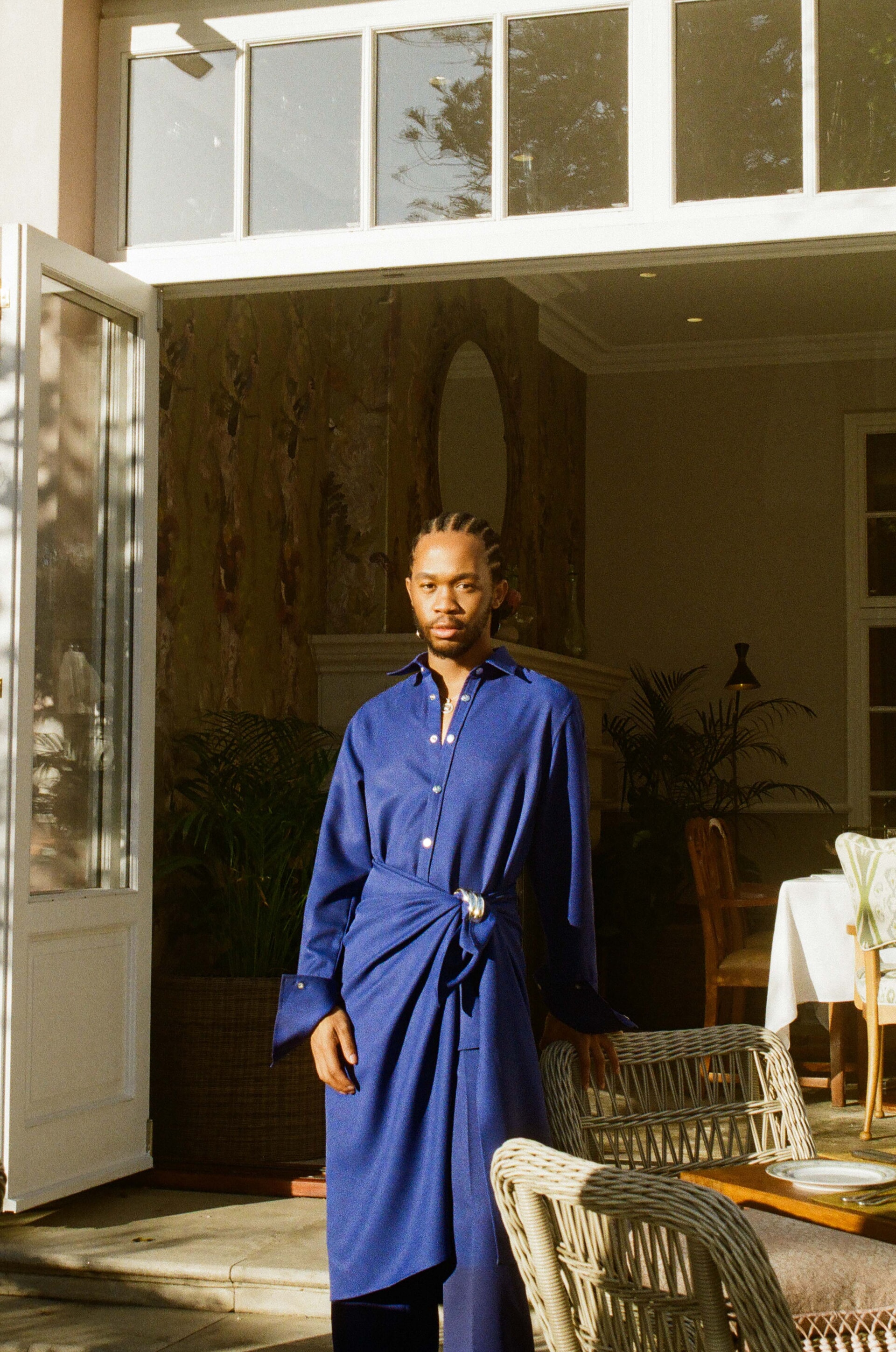
Photography courtesy of Mount Nelson

LAUNCH DETAILS AND AVAILABILITY
The THEBE MAGUGU SUITE will be part of Belmond’s Signature Suites and Villas and will be available to book from December 2025.To make a reservation, join the waiting list by contacting [email protected]
MAGUGU HOUSE CAPE TOWN will be open to the public from the 10th of November 2025.
CONFECTIONS X COLLECTIONS will take place from 6 – 8 November 2025.
Press release courtesy of Avenue PR



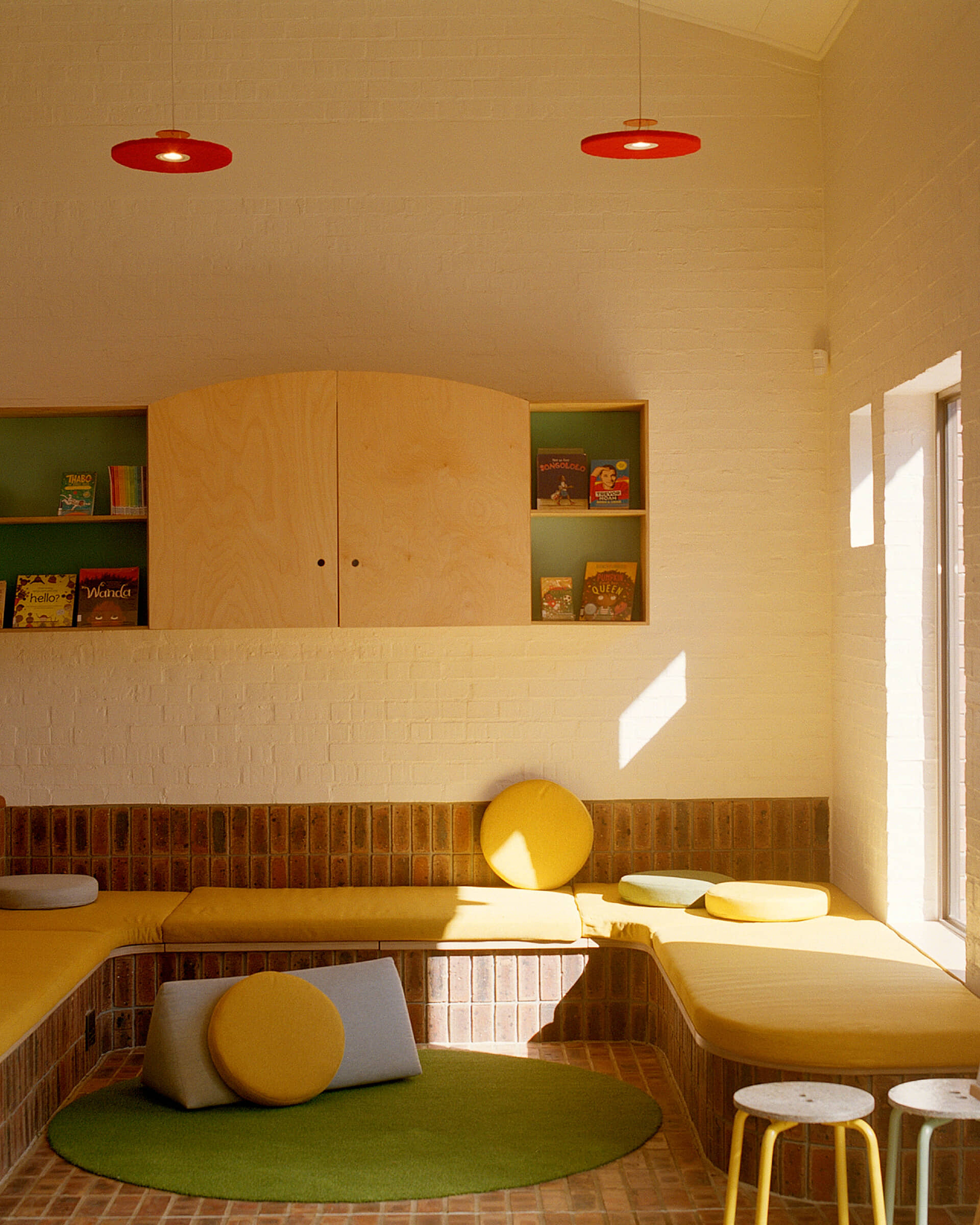

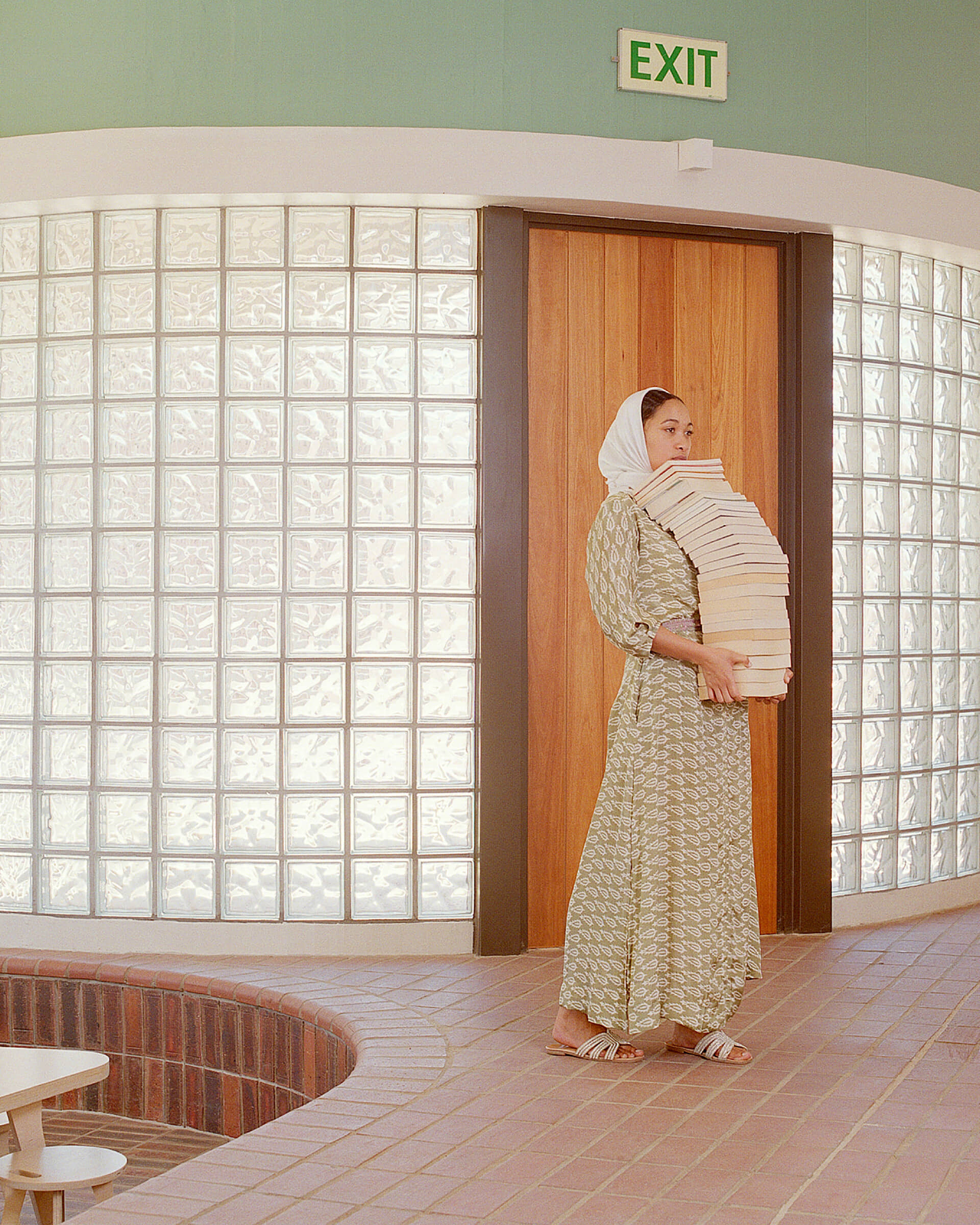
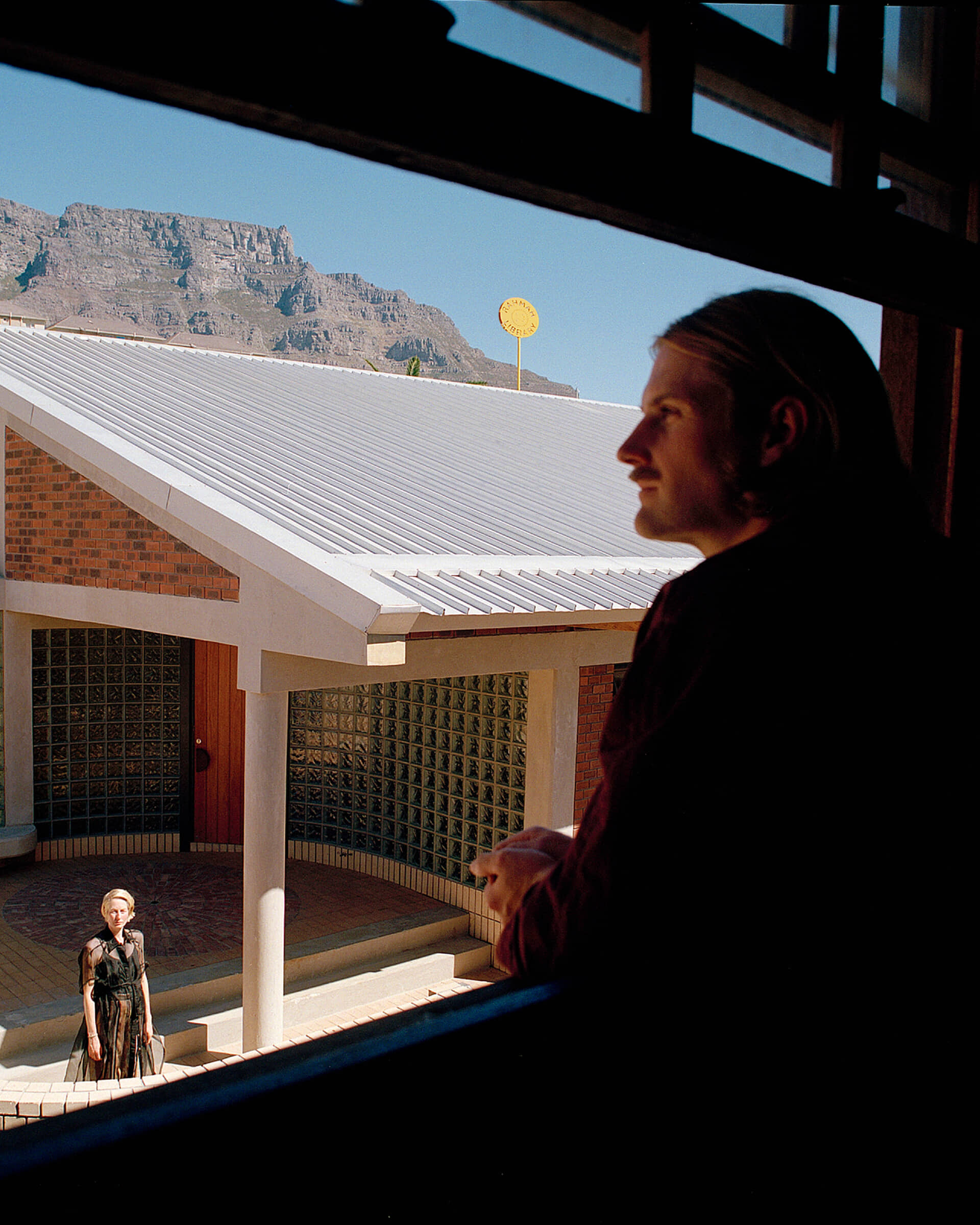



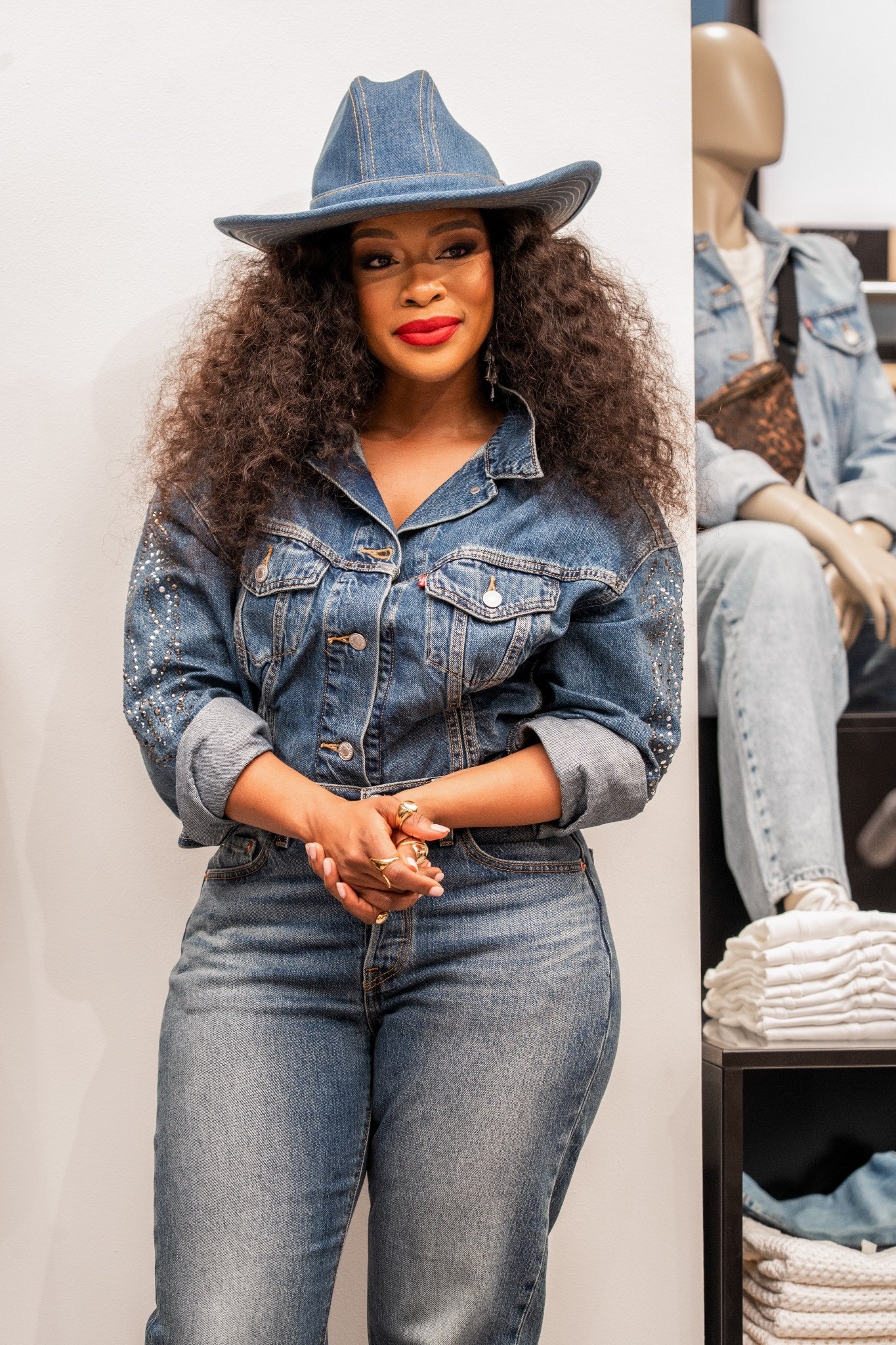
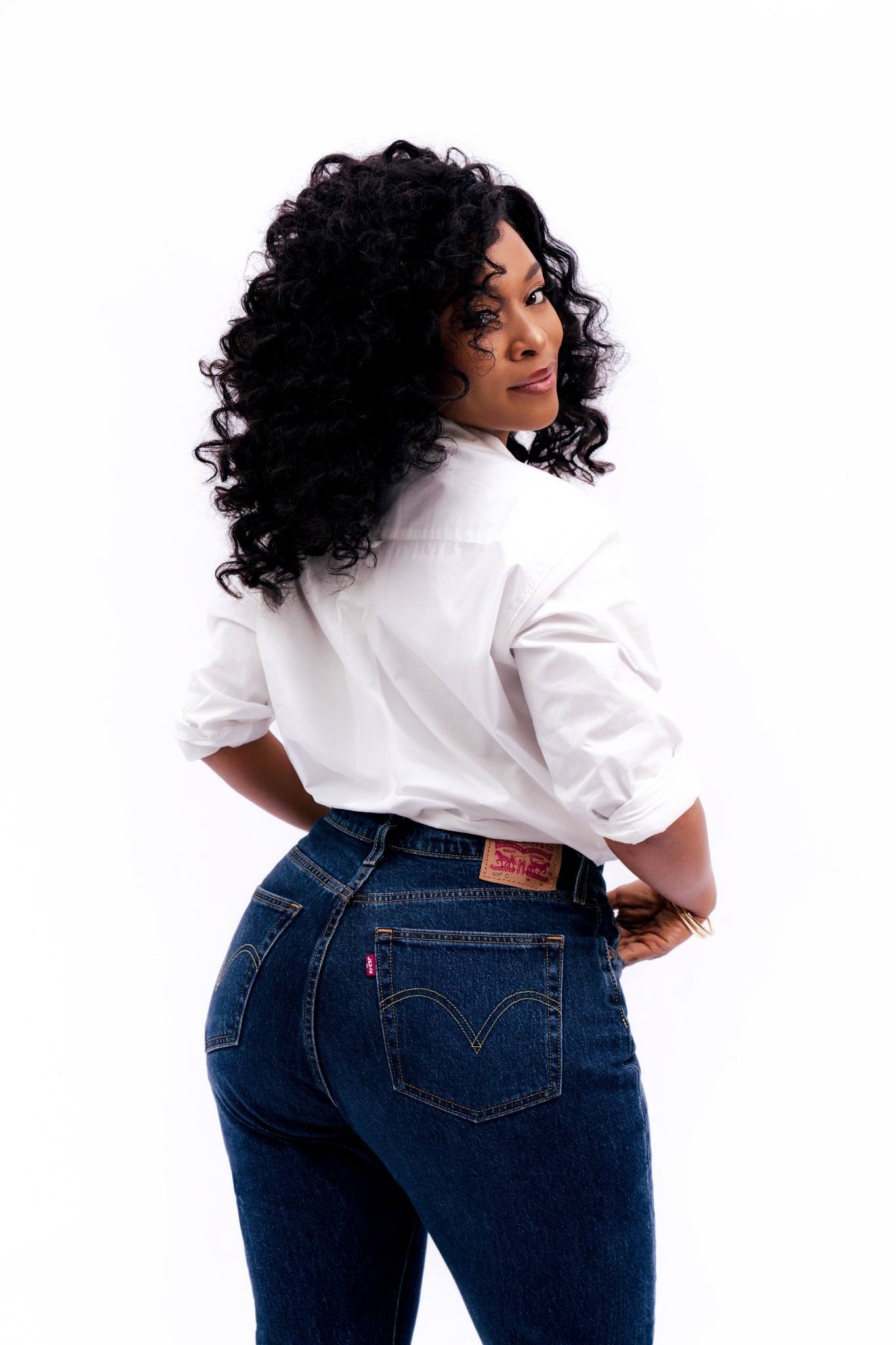
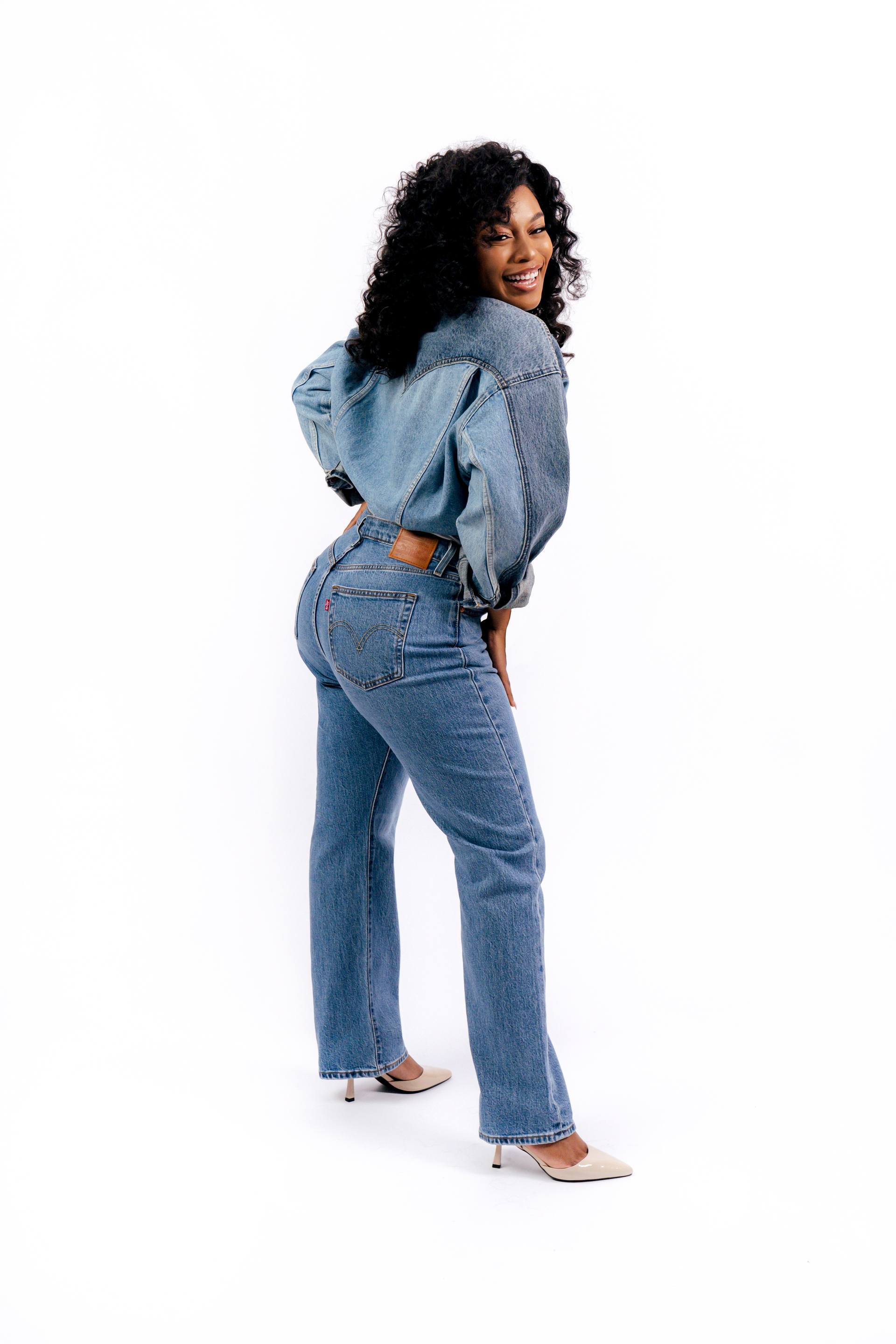
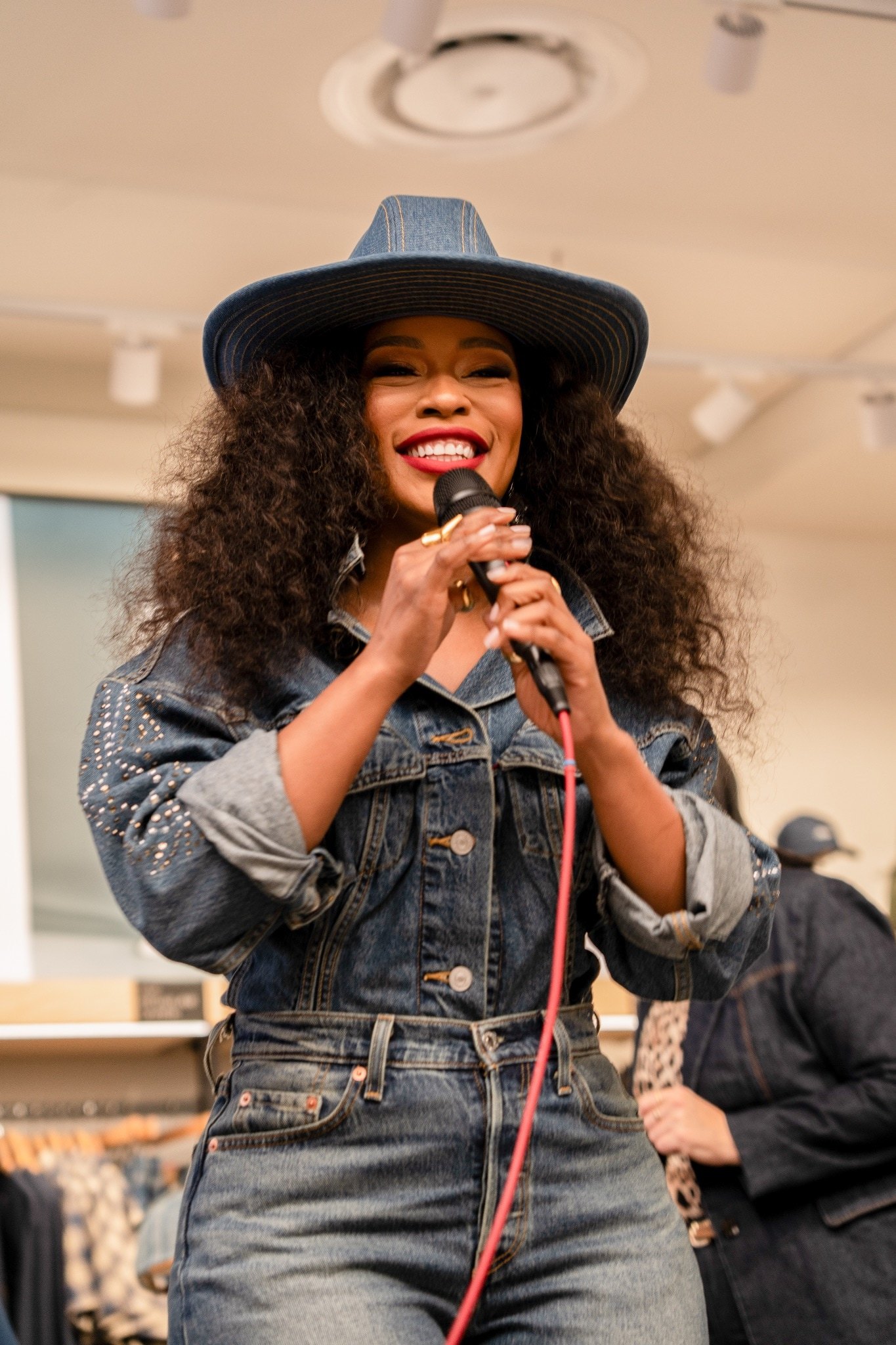




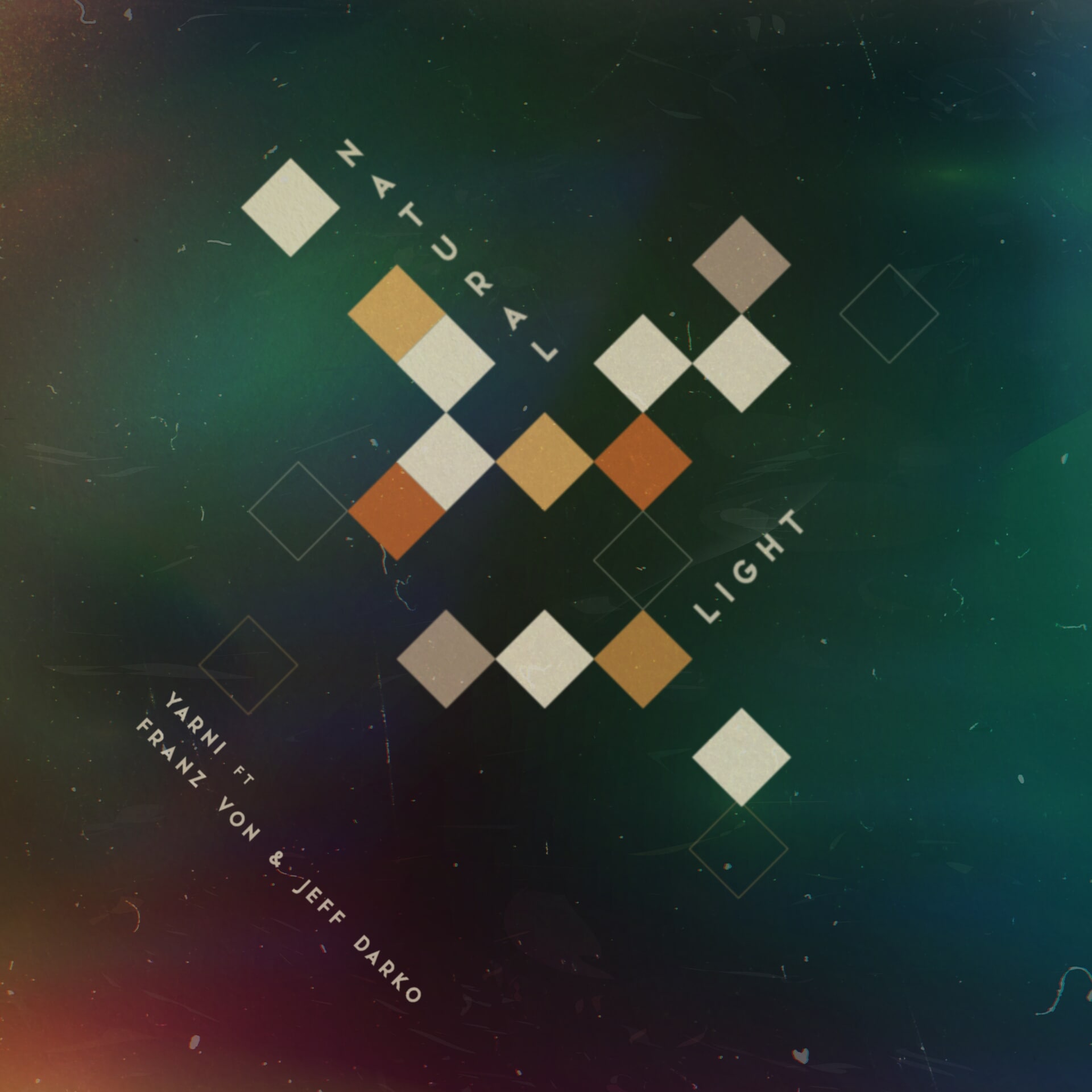
Recent Comments